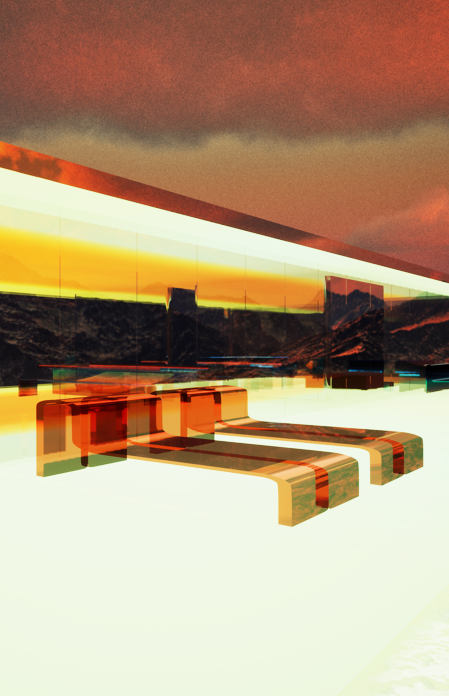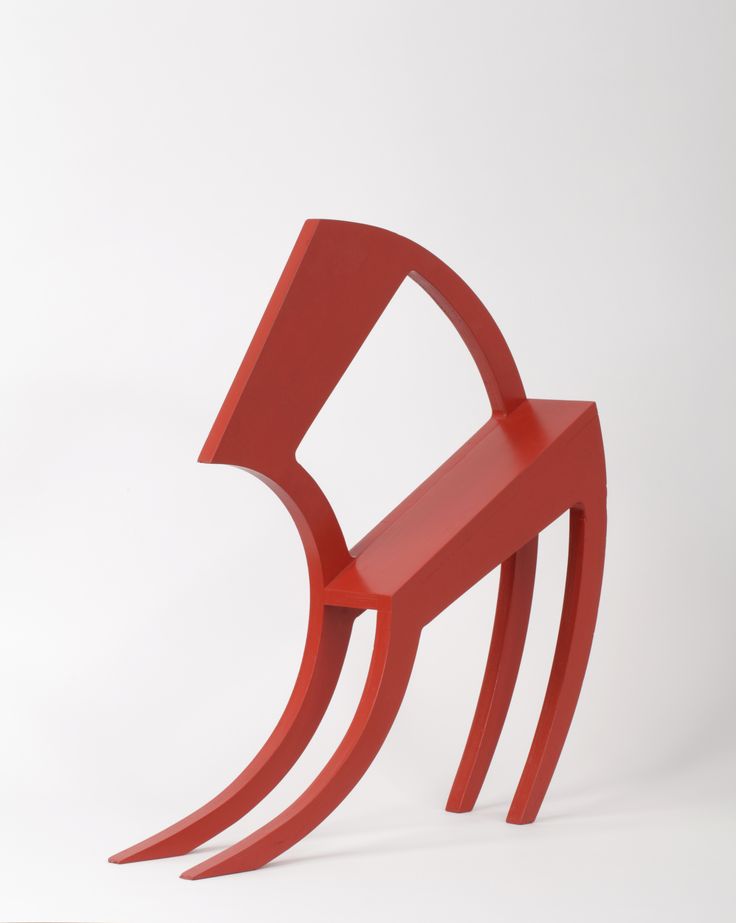
Leonhard Lass and Gregor Ladenhauf
DEPART
The Entropy Gardens
.
The Entropy Gardens is an artistic VR experience that explores one of humanity’s most archetypical artforms – garden making. It challenges its myths, aesthetics and modes of perception. Like a garden, The Entropy Gardens attempts to become a spatiotemporal poem — a poetic organism. In the form of a sprawling journey it constructs a hermetic, virtual garden as a poetic ecosystem — a psychic landscape that is foremost a complex audiovisual experience. It admits the visitor into a place that is equally challenging and contemplative (and of course profoundly weird).



